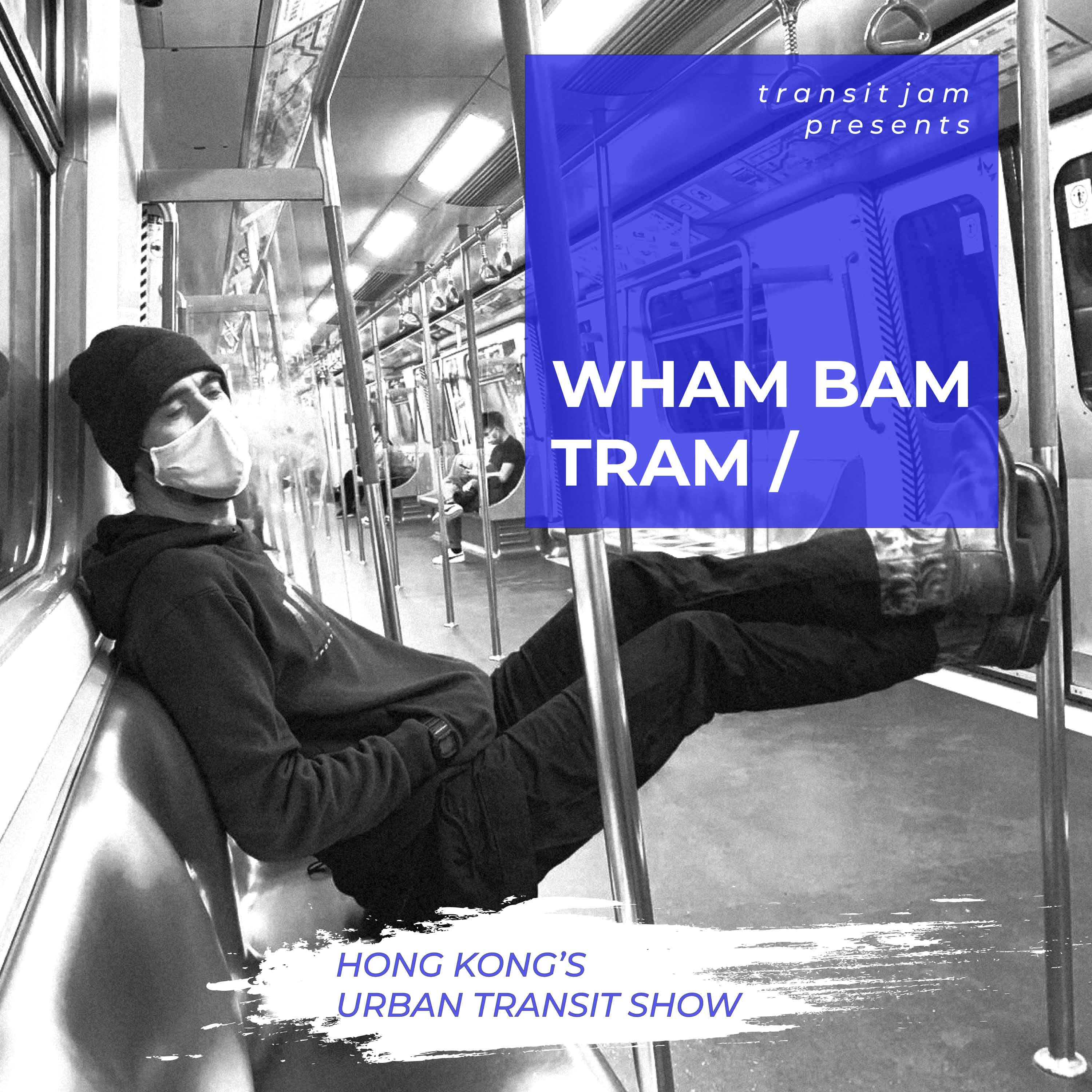
Louisa Fung (right), Hong Kong’s driving test boss and Chief Transport Officer for Driving Services, shows the new Road Users’ Code today in Hong Kong with Transport Department colleagues Chris Ho, Senior Engineer, Road Safety (left) and Eddy Wu, Chief Engineer, Road Safety & Standards (centre) in Hong Kong today
Driving test hopefuls have a new textbook to cram… Hong Kong’s new Road Users’ Code, the first update in 20 years, went live today, and will apply to all new driving tests or re-tests booked on or after 15 July 2020.
Transport Department (TD) officials presented the new guide at their headquarters in West Kowloon and explained key differences from the 2000 edition, including advice for pedestrians to watch out for “quiet” electric vehicles, for passengers to wear seatbelts in minibuses and taxis, and for drivers to be aware of new legislation on drink driving and idling engines.
With the launch of the new Code, the written part of the driving test and the taxi written test will be updated. The number of questions, the duration and passing criteria of the written tests will remain unchanged, says Louisa Fung, Chief Transport Officer for Driving Services and in charge of all Hong Kong driving tests.
At the launch today, journalists quizzed officials on why it had taken so long to update the Code – the last edition was published in 2000. “There have been some new regulations, but the majority of the rules and advice are still valid,” said Wu. “Whether it’s possible to update it more frequently will depend on the number and importance of amendments required.”

The aftermath of a motorbike proficiency test at the now-demolished Ap Lei Chau test centre. The driving test won’t change but the written part is now based on the new Road Users’ Code
Wu said that new legislation or regulations on e-mobility devices, for example, may prompt a review. “We are assessing how to make or amend regulations to regulate e-mobility devices, and if necessary we will incorporate such new legislation or regulations into the Road Users’ Code,” he said.
Answering a question about the gaps between the “model driver” of the Road Users’ Code and oft-seen behaviour such as using mobile phone while driving or parking in a bus stop, Chris Ho, Senior Engineer, Road Safety for TD says the government has a multi-pillar approach to promote road safety. “On the one hand, we have education and publicity, on the other hand enforcement is another key pillar for us,” he said. “If drivers are parking in bus stops, police can take enforcement action.”
Last month, cycle groups had criticised the new Code for cracking down on bike parking: today, Eddy Wu, Chief Engineer, Road Safety & Standards for TD, said the law hadn’t changed, and that the new Code merely “clarified” that cyclists could only temporarily leave bicycles against railings, if they needed to rest and if the bicycles did not obstruct or cause danger. When asked how long “temporarily” meant, he said it depended on the situation.
The new Road Users’ Code is available from the TD website, or through TD’s HKeMobility app; hard copies can be bought for $42 from 15 July at the Information Services’ Department’s Publications Sales Unit, Room 626, North Point Government Offices, 333 Java Road. Driving test candidates are given one free copy when they book their tests.
Categories: Law and Enforcement, On the Roads, Policy






